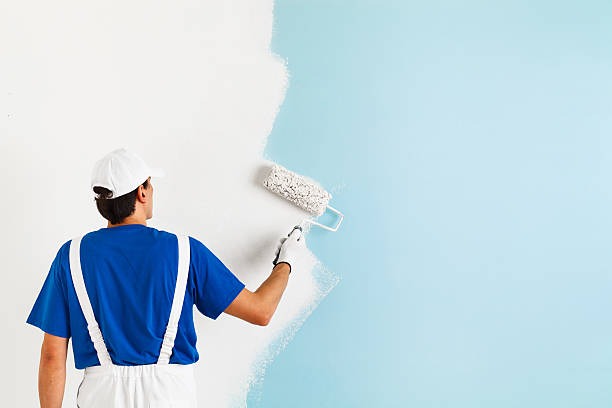Paint protection film (PPF) is a revolutionary product in the automotive industry that helps to safeguard your vehicle’s paint job from potential damage. It serves as an invisible shield, protecting your car’s exterior from scratches, chips, and the harsh effects of the sun. However, to ensure maximum efficiency and longevity of this protective layer, it must be installed correctly. Here are some key points on how you can make sure your PPF is installed right.
Firstly, it’s crucial to choose a professional installer with extensive experience in applying PPFs. An experienced installer will not only have mastered the art of applying films without bubbles or wrinkles but also understand how to custom fit the film for different car models and shapes. They should be able to demonstrate their expertise through certifications from reputable organizations or manufacturers.
Secondly, pay attention to the materials used during installation. A high-quality PPF will offer superior protection against environmental elements such as UV rays, bird droppings, tree sap and road grime. It should also be resistant to yellowing over time.
The preparation process before installing a PPF is another vital aspect that determines its effectiveness. The vehicle needs thorough cleaning before application because any dust or dirt particles trapped find out more underneath can affect adhesion and overall appearance of the film. Some installers may use clay bars for deep cleaning while others prefer chemical solutions; either way ensures that every inch of your car is spotless.
During installation, observe if they’re using pre-cut kits or doing custom cuts on your vehicle directly – both methods have their own pros and cons depending on various factors like cost-effectiveness and precision fitting respectively.
Aftercare plays an equally significant role in ensuring your paint protection film lasts long while maintaining its aesthetics intact. Regular washing with mild soap water followed by drying with microfiber cloth helps keep it clean without causing any abrasion; remember not to use strong chemicals or mechanical washes which could potentially harm it.
Lastly, a well-installed PPF should be virtually invisible and blend seamlessly with your car’s paint job. Therefore, inspect the final work carefully before you leave the shop. Check for any bubbles, wrinkles or peeling edges which are signs of poor installation.
In conclusion, ensuring your paint protection film is installed correctly involves choosing an experienced installer who uses high-quality materials and follows a meticulous preparation process. You also need to take proper care of it after installation and check for any signs of poor workmanship. Remember that while PPFs offer excellent protection for your vehicle’s exterior, their effectiveness largely depends on how well they’re installed and maintained.

